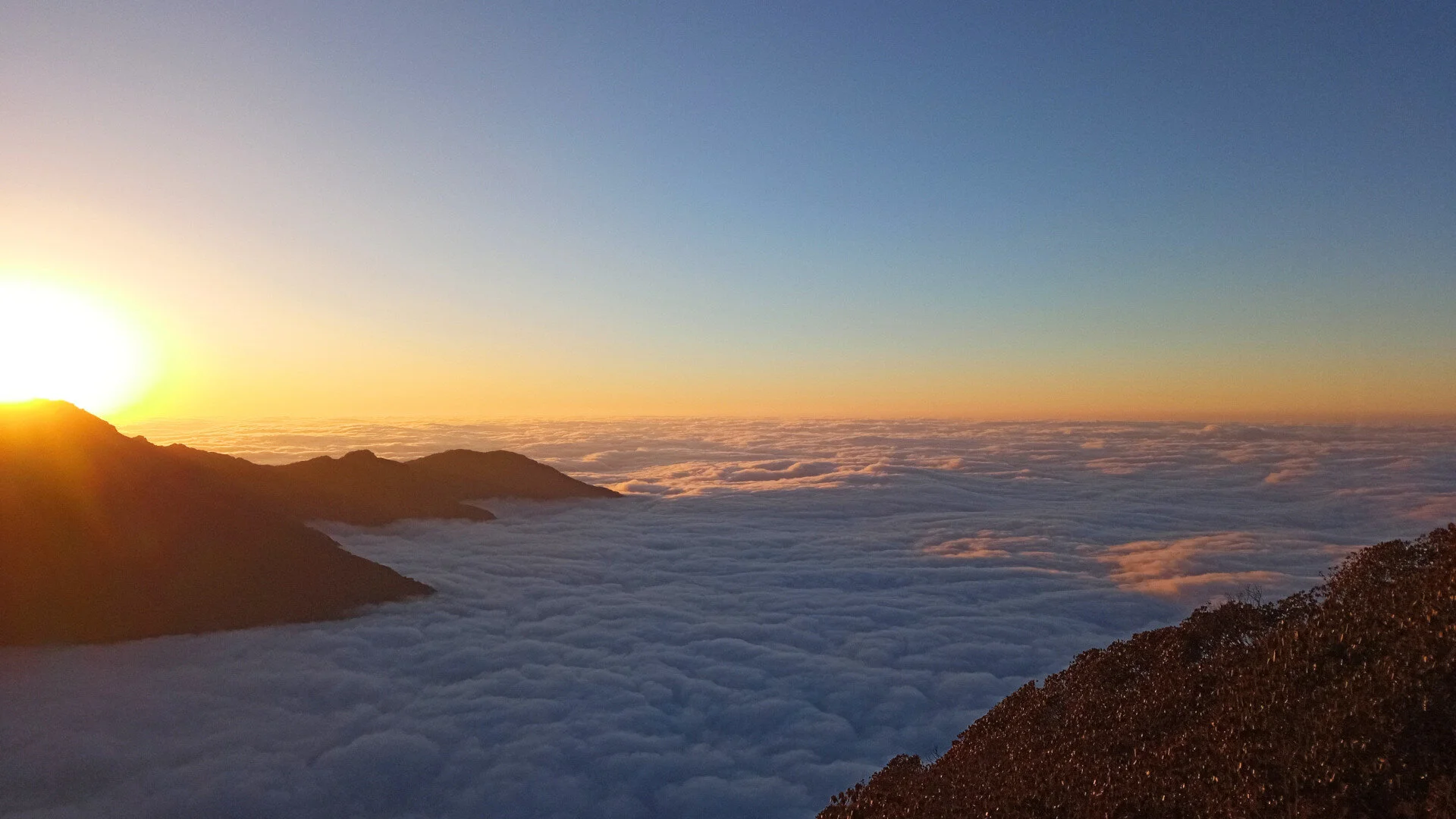The Annapurna Conservation Area (ACA) is home to numerous legendary treks. ACA treks allow a traveller to experience various ecosystems. Amongst the trails, the Annapurna Base Camp Trek, Poon Hill Trek and Sikles Eco Tour are the most popular in the non-restricted zone. Whereas in the restricted, Upper Mustang Trek, Nar-Phu Valley Trek, Tilicho Trek are the most popular.
The route in focus, Mardi Himal Trek, falls in the non-restricted area of Annapurna. A Non-Nepalese trekker does not require special permission to visit this area. S/he may experience the beauty of this region with just a TIMS (Trekkers Information Management System) card.
This trek is categorized as moderate, meaning the altitude gain and peak altitude is nominal. Anyone with minimal trekking experience completes the trip without any difficulty. But, we recommend the challenger to be of sound health.
When is the right time to trek?
In Nepal, Spring and Autumn is prime trekking season. The skies are clear with light to minimal rainfall. Autumn (Mid-September to Mid-November) is best for Mardi Himal Trek.
During other months such as December - February, the climate is colder and potential high snowfall may not allow you to trek above High Camp. Whereas during pre-monsoon ( Mid-May to Mid-July) and monsoon (Mid-July to Mid-September), chances of rain and clouding are high. The forest area shall be full of leeches and mosquitos.
Spring (Mid-March to Mid-May) is also a great time to trek this region. Temperature is nominal, and winds are light, allowing you to have a beautiful walk. The plant life will be blossoming: amplifying the atmosphere.
How do I start?
Once you have landed at TIA (Tribhuvan International Airport), you can either choose to experience a bit of the capital (Kathmandu) for a few days or get a connecting flight to Pokhara. The distance between Pokhara and Kathmandu is 200 KM. You can opt to take a bus instead of a flight as well. Your available options are either local or deluxe buses.
Deluxe buses leave every morning at 7 AM from Sorakhute Bus Station in Kathmandu. You may either book a ticket beforehand or arrive an hour early, pay and embark directly at the terminal. We recommend these buses as they have air conditioning. The travel time ranges between 7-8 hours, with stops for lunch and snacks at good quality rest stops.
You can skip all of the hassles by contacting the front desk officer at the hotel. S/he shall do their best to arrange these services for you. They can also develop a proper itinerary to experience Mardi Himal at a reasonable rate.
How long is the trek?
Mardi Himal Trek can be completed in 5-6 days, excluding travel time to Pokhara from Kathmandu.
What is the highest altitude during this trek?
The trek begins at 2200m from Deurali with moderate gains. A trekker shall not require added days for acclimatization. The highest elevation is at Mardi Himal Base Camp, which is at 4500m.
Is this trek a circuit?
It depends on your itinerary! While descending from High Camp, you can either come all day down to Low Camp or take an alternate route from Middle Camp to Siding Village and trek down to Lumre. Whereas, from Low Camp, retrace your steps to Kokar and then to Deurali completing the circuit.
Where can I get my TIMS card?
Nepal Tourism Board provides the TIMS card. You may acquire your permit either at the central office in Kathmandu or at their regional office in Pokhara.
Do I require added payments to enter certain areas?
You are not required to pay any entrance fees or monument fees in this trekking route.
The next article shall feature a brief itinerary for this trek








